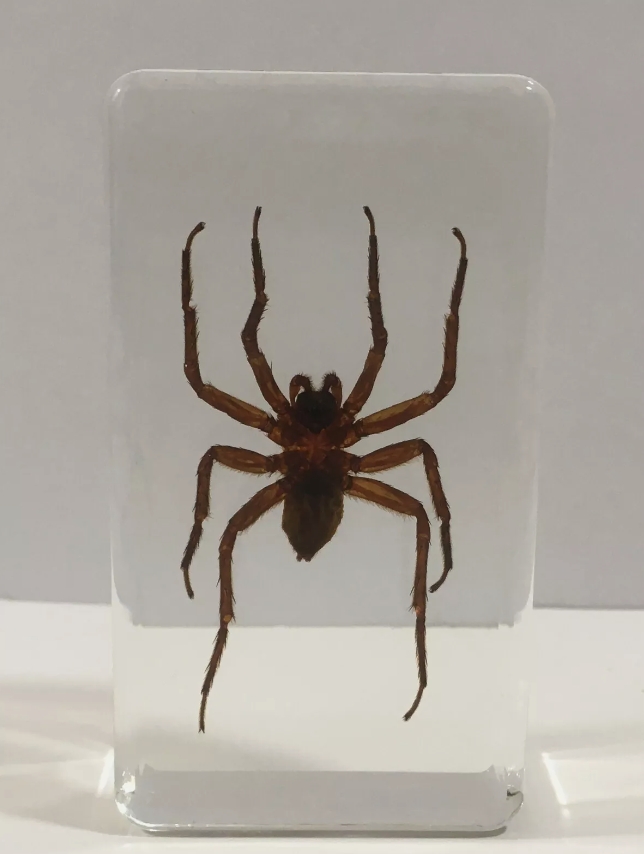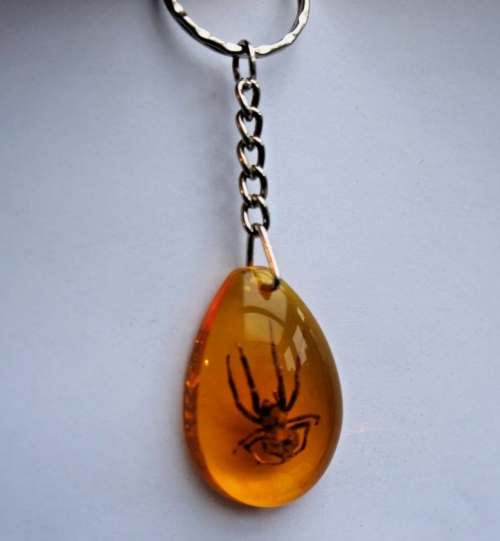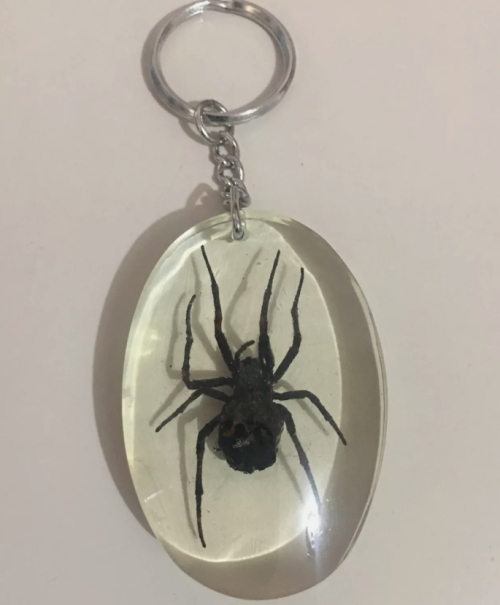Spider specimens are unique and fascinating biological samples derived from the diverse spider populations found in nature. As part of the invertebrate species, spiders are known to number in the tens of thousands, and they are widely distributed in a variety of ecological environments, from wet forests to dry deserts.
The process of taxidermy requires patience and meticulous technique. Usually, the collection of specimens first involves catching the spider, which can be done with a dedicated bug trap or by hand. After capture, the spider needs to be immobilized to keep its shape intact, often by soaking it in a solution such as ethanol. This step not only prevents the specimen from rotting, but also protects its delicate structure and color.
In the process of specimen preparation, scientists often make detailed records of the spider, including its species, sex, body length, color and other characteristics. This information is not only useful for subsequent scientific research, but also provides important data for ecological and biodiversity research. In addition, the prepared specimens are usually placed in transparent display boxes for researchers and the public to observe, helping people to understand the morphological characteristics and ecological habits of spiders.
The diversity and complexity of spiders make their specimens an important place in biological research. By observing and analyzing spider specimens, scientists can study their role in the ecosystem and how they adapt to environmental changes. In addition, spiders have important applications in biological research, such as as biological control tools for natural enemies to help control pest populations.
In short, spider specimens are not only important materials for scientific research, but also a window into the diversity of nature. Through these specimens, people are able to gain a deeper understanding of the importance of spiders in the ecosystem and their close connection to human life.
















